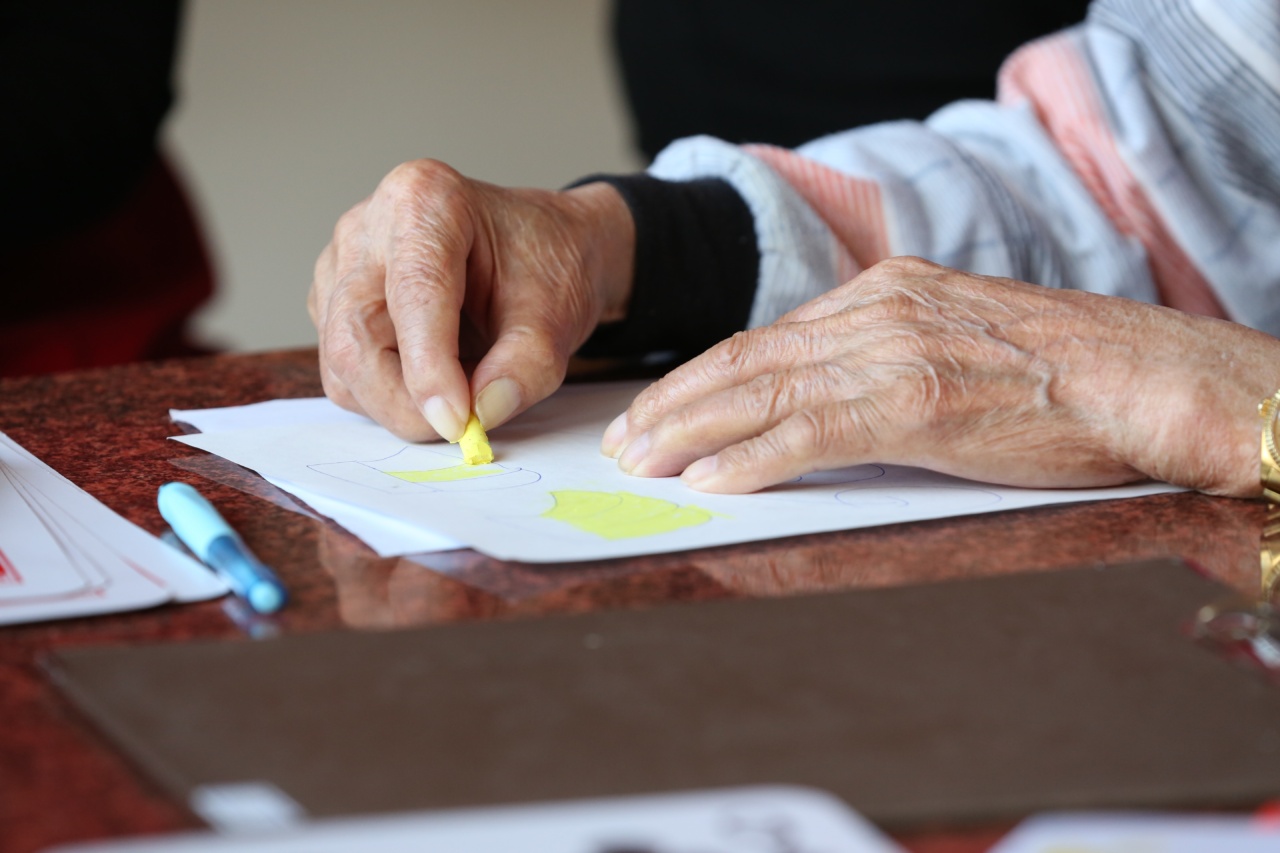Rheumatoid arthritis is a chronic inflammatory disorder that primarily affects the joints, including the elbow. It causes pain, swelling, and stiffness, which can lead to limited mobility and difficulty performing daily activities.
Conservative treatments such as rest, physical therapy, and medications may help, but in some cases, surgery may be necessary. Arthroplasty, also known as joint replacement surgery, is one of the most effective treatments for rheumatoid arthritis of the elbow. This article discusses its benefits for patients suffering from this condition.
1. Relief of Pain
Pain is one of the most common symptoms of rheumatoid arthritis of the elbow. It can be severe and persistent, and can significantly affect a person’s quality of life.
Arthroplasty can provide relief of pain by replacing the damaged joint with an artificial one. The artificial joint is designed to function like a natural joint, and can effectively reduce or even eliminate pain.
2. Improved Mobility
Stiffness and limited mobility are another common symptom of rheumatoid arthritis of the elbow. This can make it difficult for people to perform daily activities such as reaching, lifting, and carrying.
Arthroplasty can help improve mobility by replacing the damaged joint with an artificial one that allows for a greater range of motion.
3. Improved Functionality
For people suffering from rheumatoid arthritis of the elbow, simple tasks such as holding a cup or writing can become difficult or even impossible.
Arthroplasty can improve functionality by replacing the damaged joint with an artificial one that allows people to perform these tasks with ease.
4. Reduced Risk of Complications
Rheumatoid arthritis of the elbow can lead to other complications such as bone loss or fractures. These complications can make the condition worse and increase the risk of disability.
Arthroplasty can reduce the risk of complications by replacing the damaged joint with an artificial one that is designed to provide stability and support.
5. Faster Recovery Time
The recovery time after arthroplasty is typically shorter than other surgical procedures. This is because the surgical incision is smaller, and the joint replacement can be performed using minimally invasive techniques.
This means that patients can return to their normal activities faster and with less discomfort.
6. Long-Term Results
Arthroplasty can provide long-term results for people suffering from rheumatoid arthritis of the elbow.
The artificial joint is designed to last for many years, providing people with increased mobility, functionality, and a significant improvement in their quality of life.
7. Customizable Design
Arthroplasty uses artificial joint components that come in a variety of sizes and designs. This means that the surgeon can choose the best option based on the patient’s unique needs and anatomy.
Customizable joint components can provide a more accurate fit, reducing the risk of complications and improving the long-term success of the procedure.
8. Minimally Invasive Techniques
Arthroplasty can be performed using minimally invasive techniques, which involve smaller incisions and less damage to surrounding tissues. This means that patients experience less pain and bleeding, and have a faster recovery time.
Minimally invasive techniques can also reduce the risk of infection and scarring.
9. Reduced Dependency on Medications
Patients suffering from rheumatoid arthritis of the elbow may need to take medications to manage their pain and other symptoms. Arthroplasty can reduce the dependency on medications by providing significant pain relief and improved mobility.
This means that patients can reduce their dependence on pain medications and improve their overall quality of life.
10. Improved Quality of Life
Ultimately, the most significant benefit of arthroplasty for rheumatoid arthritis of the elbow is an improved quality of life.
It can provide relief of pain, improved mobility, functionality, and long-term results, allowing people to enjoy everyday activities without pain or discomfort. Patients can return to the activities they enjoy, and no longer have to compromise their quality of life because of their condition.





























